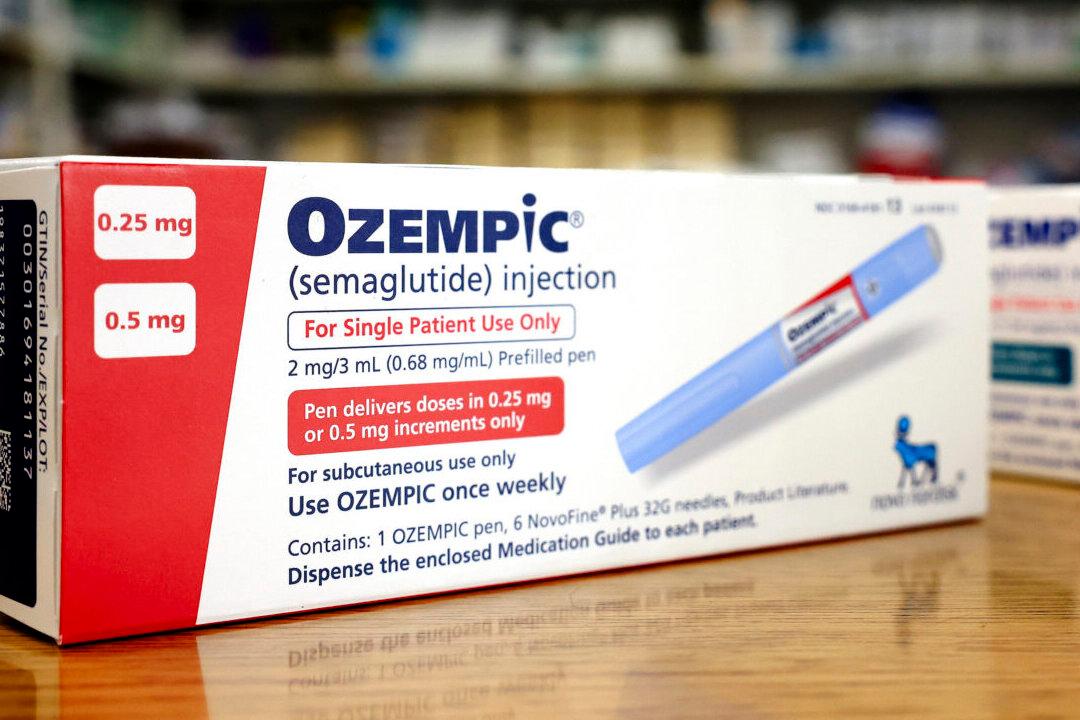About 55.4 million people are expected to travel at least 50 miles or more away from home this Thanksgiving, marking a 2.3 percent increase in road travel over 2022.
AAA estimates that this will be the third-busiest Thanksgiving travel period since it started tracking the data 20 years ago.
The majority of these holiday travelers, about 49.1 million, will be winding their way through the nation’s back roads and highways by car, an increase of 1.7 percent over 2022. That estimate doesn’t include the number of Americans who are expected to start their travels in the days ahead of the traditional five-day peak period, which runs between the Wednesday before Thanksgiving (Nov. 22) and the Sunday after (Nov. 26).
Other Travel Methods
AAA predicts that approximately 4.7 million people will be traveling by plane over the Thanksgiving holiday, an increase of 6.6 percent over air travel from 2022 and the greatest number of people taking to the skies for the holiday since 2005. The two busiest air travel days are the Tuesday and Wednesday before Thanksgiving. They are also the most expensive days to book a flight. For the return flights, the Sunday and Monday after Thanksgiving are equally popular.The Transportation Security Administration (TSA) is expecting to screen more than 30 million air travelers between Nov. 17 and Nov. 28.
When it comes to traveling with food items, TSA offers this advice: “If it’s a solid item, then it can go through a checkpoint. However, if you can spill it, spread it, spray it, pump it, or pour it, and it’s larger than 3.4 ounces, then it should go in a checked bag.”
Best and Worst Travel Times
On the day before Thanksgiving, the worst times to drive will be from 2 to 4 p.m. The best time to hit the road will be before 11 a.m.On Thanksgiving Day, the worst time to travel by car will be between 11 a.m. and 3 p.m. The best times will be before 10:00 a.m. or any time after 5 p.m.
On the day after Thanksgiving, the worst time to start that drive home will be between noon and 4 p.m. The best time to head back home will be any time before 11 a.m. and any time after 7 p.m.
Peak Congestion
The biggest increase in commuter time is expected to be on I-75 between Los Angeles and Bakersfield, California, around 4:30 p.m. on Nov. 22. With the drive anticipated to take about three hours longer, it will be an 88 percent increase over the typical drive time.Travel on I-5 North between Seattle and Bellingham, Washington, is expected to take about two-and-a-half hours longer, an increase of 71 percent over normal drive time, and navigating the Baltimore/Washington Parkway North around 2 p.m. is expected to last an additional hour and a half, with the same percentage increase over normal drive times.
Domestically, AAA anticipates that four of the top five travel destinations will be in Florida, with Orlando, Fort Lauderdale, and Miami taking the top three spots, and Tampa ranking fifth. Anaheim, California, ranks fourth.
Internationally, Cancun, Mexico, is expected to take the top spot, followed by Mexico City, Punta Cana in the Dominican Republic, Bahrain, and Rome, respectively.







